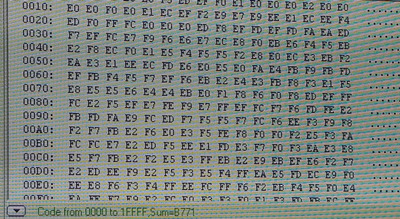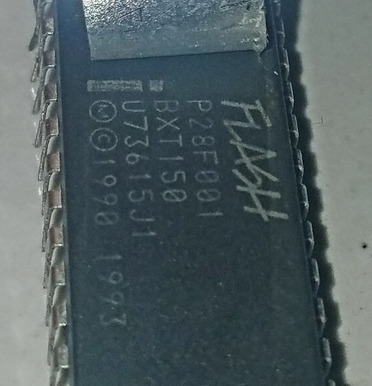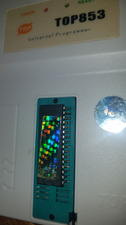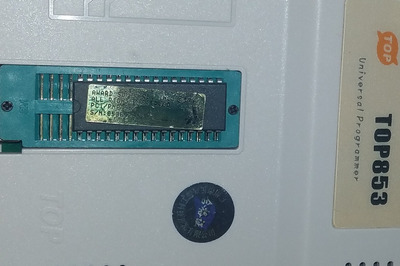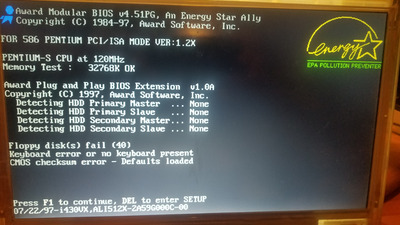First post, by TimWolf
This motherboard was working with the BIOS it came with. However I wanted to use 168 pin Ram instead of the 72 pin. It was only displaying a quarter of the Ram size. I found somewhere that said a bios update would fix that. So I ripped the original bios using my cheap 853 programmer under Windows XP. So I do have a 128k backup. However when writing the new bios or the old bios back to the chip I am not getting a verifiable write. And attempting to use the BIOS in the motherboard results in the unit trying to post but making a constant rapid beeping but never ends. My diagnostic card displays the code 41 00. As I am a novice at this point I need some advice and direction. This has me baffled.
